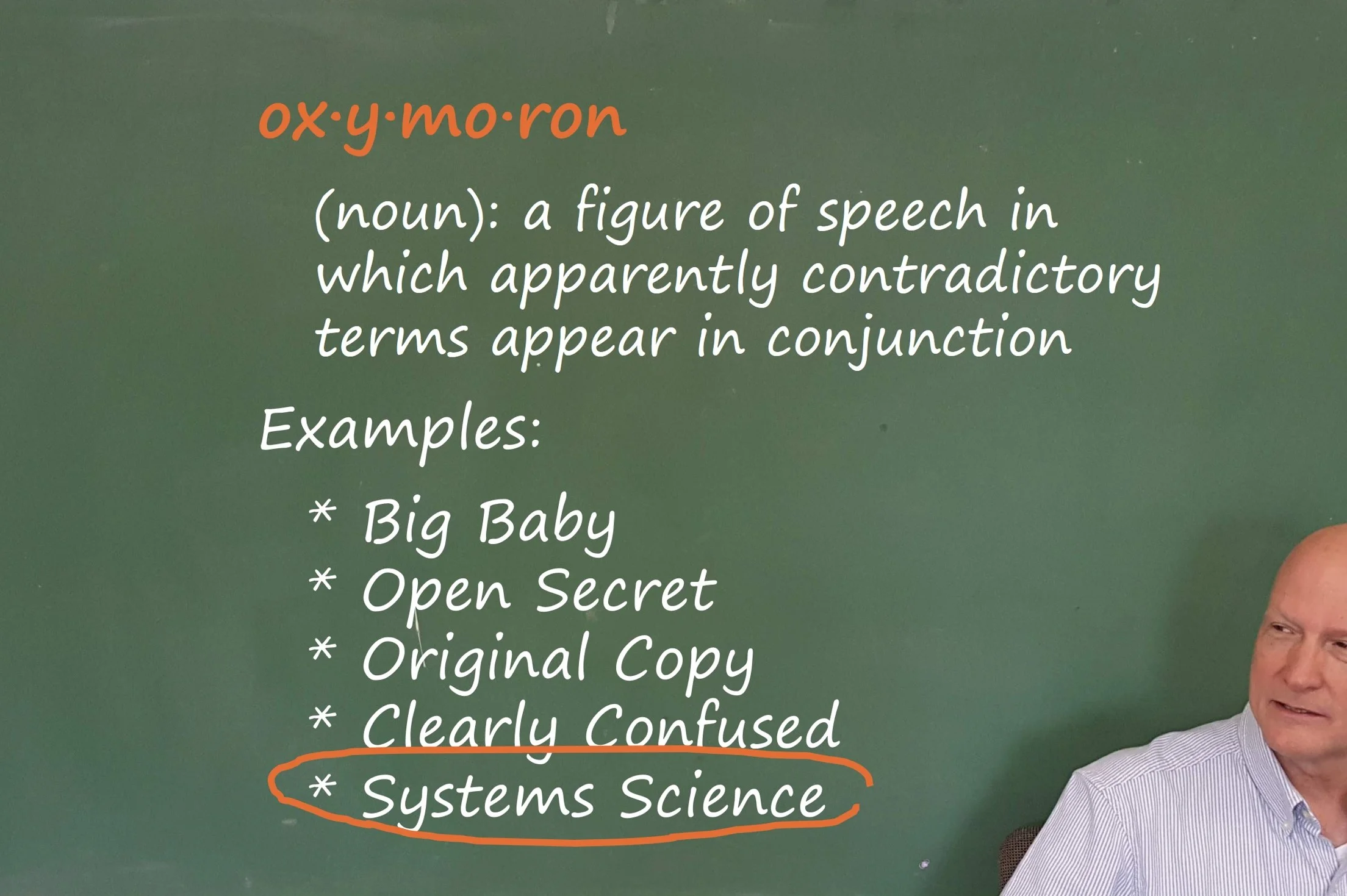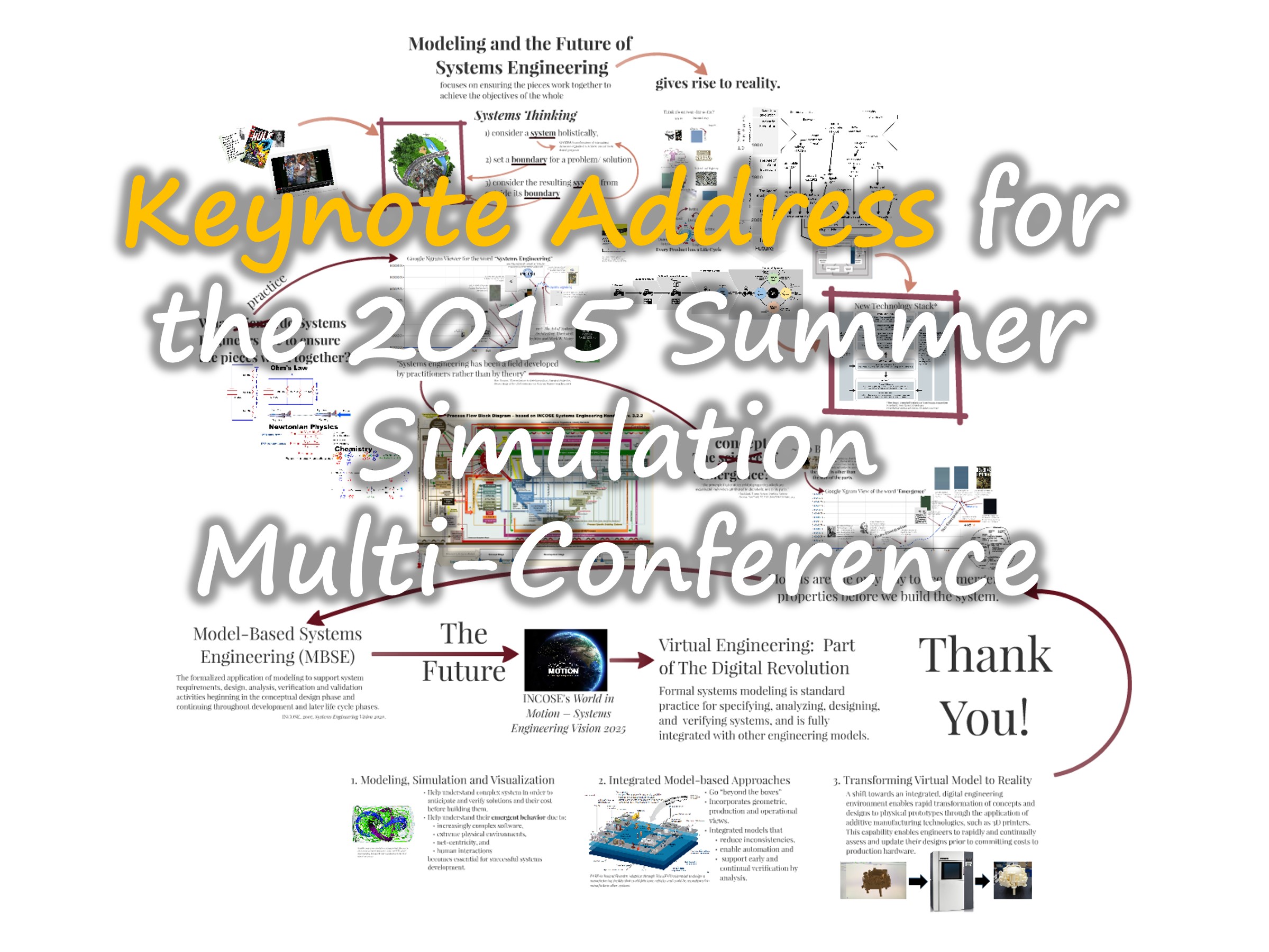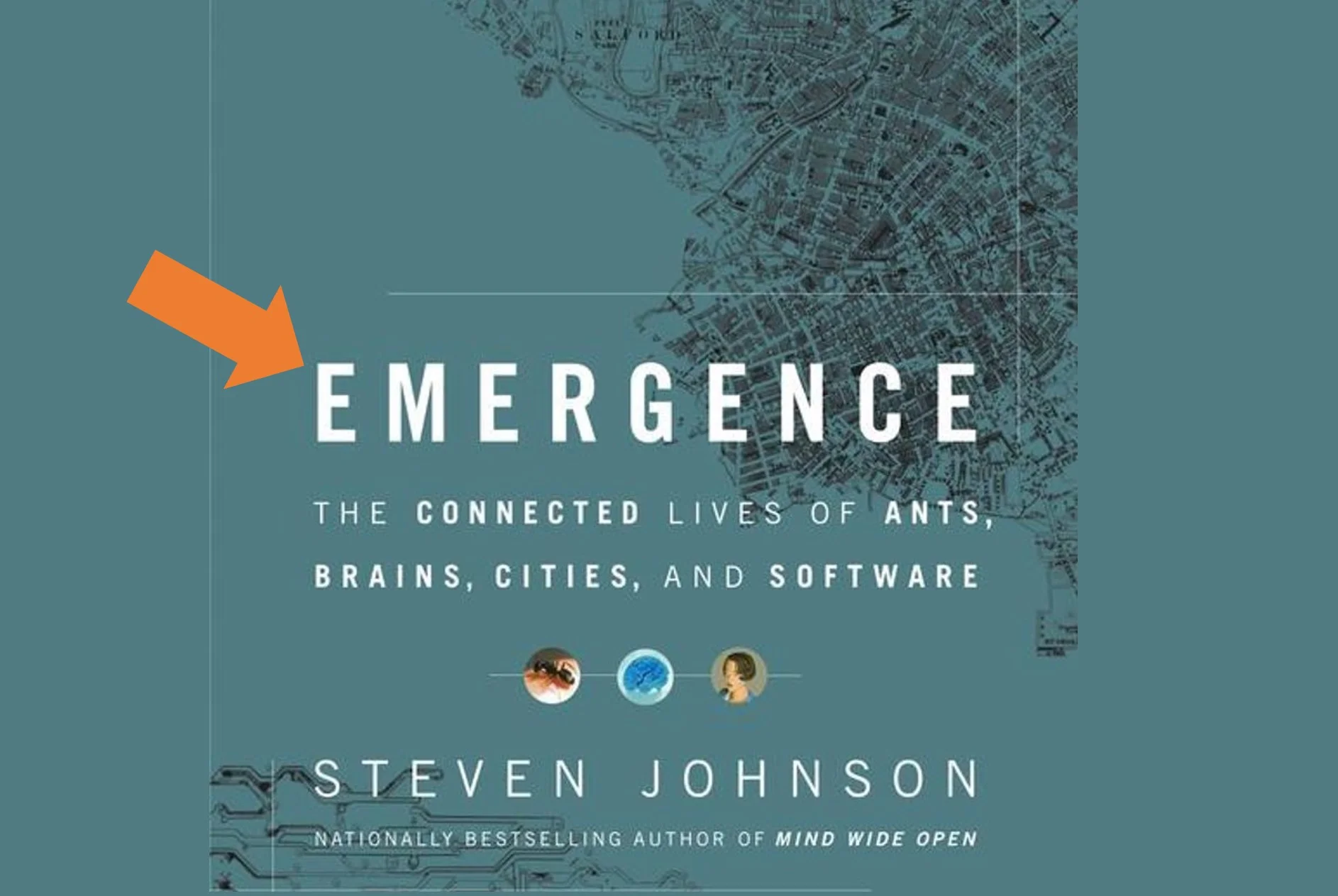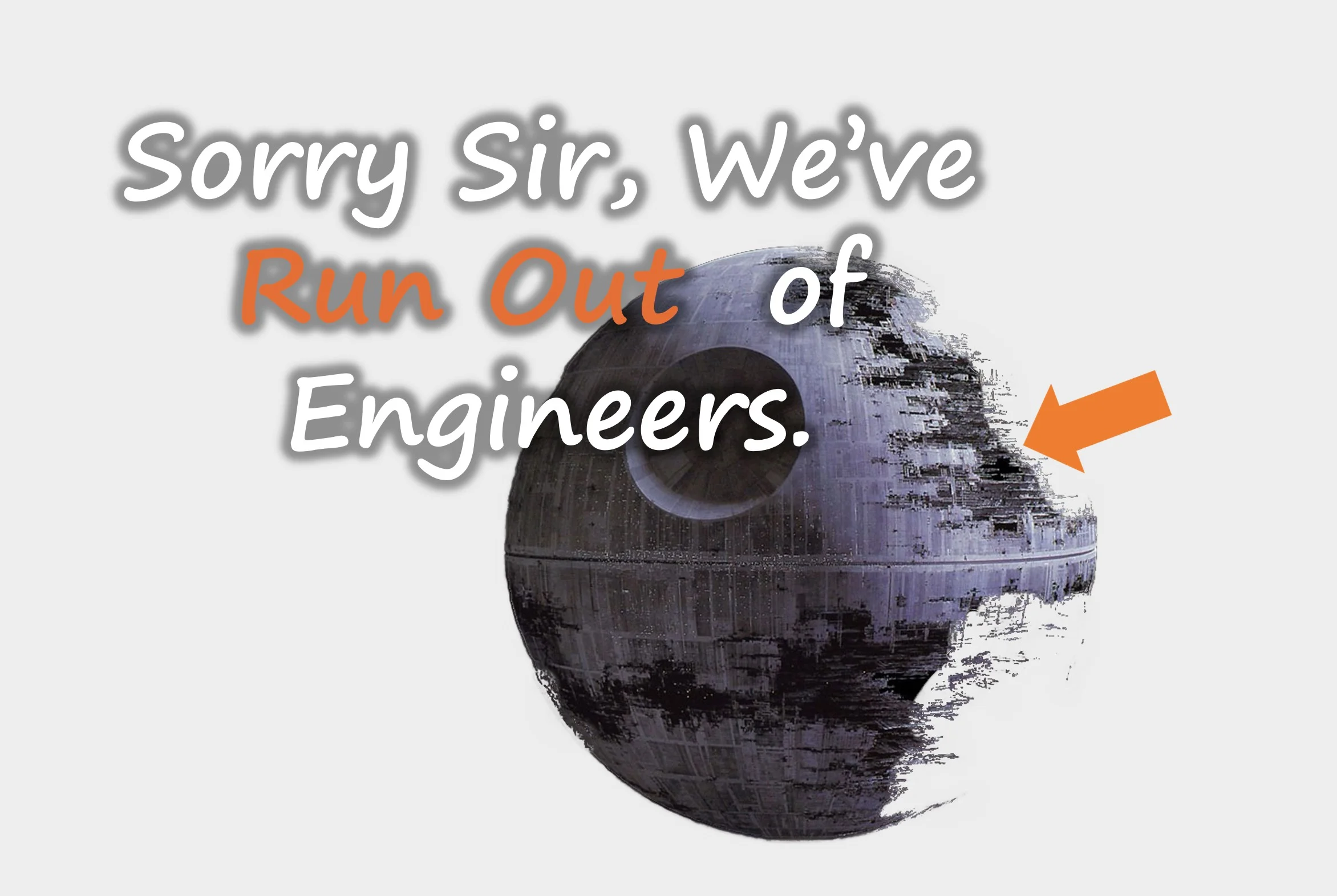On July 27, 2015, I gave a Keynote Address to the 2015 Summer Simulation Multi-Conference for the Society for Modeling & Simulation International (SCS). A society that is dedicated to advancing the use of modeling & simulation to solve real-world problems since it was first formed in 1952. The Multi-Conference was at the beautiful Palmer House Hilton in downtown Chicago -- one of the nation’s longest continually operating hotel, since 1873, and one of three “grand” hotels in the city.
My speech touched on the micro-verse, the history of everyday reality, Internet of Things, the Science of (or lack there-of) Systems Engineering, the concept of Emergence, and M&S within the INCOSE’s Future of Systems Engineering 2025:- A World In Motion. I finished with a very large heartfelt thank-you to all the modelers present. They truly are the ones that will help us in the Future of Systems Engineering.
If you want, you can rummage around my Prezi presentation, but it may not make much sense without my voice over. But still you may find it entertaining.
The SCS members were super kind and seemed genuinely interested in what I had to say. I’m grateful they gave me the opportunity to share about my chosen profession, Systems Engineering, and its future as it relates to Modeling and Simulation.
For those who are interested, here is a list of the references I used in my speech:
- Ellison, Harlan and Roy Thomas (w), Herb Trimpe (p) Sam Grainger (i). "The Brute ... That Shouted Love... At the Heart of the Atom." Incredible Hulk Vol 1 #140 (June 1971), Marvel Comics.
- Eames Office. (2010, Aug 26). Powers of Ten™ (1977) [Video file].
- Page name: Systems Approaches from SEBoK Version: Guide to the Systems Engineering Body of Knowledge (SEBoK), version 1.4. Date of last revision: 5 December 2014 14:27 UTC Date retrieved: 6 July 2015 23:07 UTC Permanent URL:
- Churchman, C. West. 1979. The Systems Approach and Its Enemies. New York: Basic Books.
- Senge, P.M. 1990, 2006. The Fifth Discipline: The Art and Practice of the Learning Organization. New York, Doubleday/Currency.
- Page name: What is a System? from SEBoK Version: Guide to the Systems Engineering Body of Knowledge (SEBoK), version 1.4. Date of last revision: 24 June 2015 12:38 UTC Date retrieved: 6 July 2015 24:07
- INCOSE. 2012. Systems Engineering Handbook: A Guide for System Life Cycle Processes and Activities, version 3.2.2. San Diego, CA, USA: International Council on Systems Engineering (INCOSE), INCOSE-TP-2003-002-03.2.2.
- McPherson, S. S. (2013). War of the currents: Thomas Edison vs. Nikola Tesla. Minneapolis: Twenty-First Century Books
- planet money's t-shirt project: Listen to the Planet Money team as they make a T-shirt and follow the shirt around the world as it gets manufactured — from the farms where the cotton is grown to the factories where the shirts are sewn together.
- I modified Diagram “Fig 1.2 Major Epochs in the evolution toward engineering systems” from Engineering Systems Meeting Human Needs in a Complex Technological World. by Olivier L. Weck, and Daniel Roos. Cambridge, Mass.: MIT, 2011
- I modified Diagram “Fig 8.1 Evolution toward global system-of-systems (Sos)” from Engineering Systems Meeting Human Needs in a Complex Technological World. by Olivier L. Weck, and Daniel Roos. Cambridge, Mass.: MIT, 2011.
- Several diagrams from How Smart, Connected Products Are Transforming Competition by Michael E. PorterJames E. Heppelmann. From The Harvard Business Review November 2014 Issue. URL:
- Page name: Systems engineering; Wikipedia, The Free Encyclopedia. Date of last revision: 23 July 2015 13:45 UTC Date retrieved: 5 August 2015 23:23
- Page name: Systems Engineering: Historic and Future Challenges from SEBoK Version: Guide to the Systems Engineering Body of Knowledge (SEBoK), version 1.4. Date of last revision: 17 November 2014 13:43 UTC Date retrieved: 5 August 2015 23:25
- Google Books Ngram Viewer
- Hall, Arthur David. A Methodology for Systems Engineering. Princeton, N.J.: Van Nostrand, 1962. Print.
- Taylor, F. 1911. The Principles of Scientific Management. New York, NY, USA and London, UK: Harper & Brothers.
- Churchman, C.W., R. Ackoff, and E. Arnoff. 1957. Introduction to Operations Research. New York, NY, USA: Wiley and Sons.
- McKean, R. 1958. Efficiency in Government Through Systems Analysis. New York, NY, USA: John Wiley and Sons.
- Wiener, N. 1948. Cybernetics or Control and Communication in the Animal and the Machine. New York, NY, USA: John Wiley & Sons Inc.
- Forrester, J. 1961. Industrial Dynamics. Winnipeg, Manitoba, Canada: Pegasus Communications
- Bertalanffy, L. von. 1968. General System Theory: Foundations, Development, Applications. New York, NY, USA: George Braziller.
- ISO/IEC/IEEE. 2015. Systems and Software Engineering -- System Life Cycle Processes. Geneva, Switzerland: International Organisation for Standardisation / International Electrotechnical Commissions / Institute of Electrical and Electronics Engineers. ISO/IEC/IEEE 15288:2015
- Honour, E.C., “Connecting an Architecture with its Emergent Properties,” Proceedings of the 5th Conference on Systems Engineering Research, Los Angeles, CA 2007
- Rechtin, E. and M. Maier. 1997. The Art of Systems Architecting. Boca Raton, FL, USA: CRC Press.
- Checkland, P. 1999. Systems Thinking, Systems Practice. New York, NY, USA: John Wiley & Sons., 314
- Aristotle, Metaphysics, Book H 1045a 8–10: "... the totality is not, as it were, a mere heap, but the whole is something besides the parts ..."
- Mill, John Stuart (1843), "On the Composition of Causes", A System of Logic, Ratiocinative and Inductive (1872 ed.), London: John W. Parker and Son, p. 371
- Lewes, G. H. (1875), Problems of Life and Mind (First Series) 2, London: Trübner, ISBN 1-4255-5578-0
- Alexander, Samuel. Space, time, and deity: the Gifford lectures at Glasgow 1916-1918. NY: Dover Publications, 1966. Print. 2 Vols
- Broad, C. D.. The mind and its place in nature. London: Paul, Trench, Trubner, 1925. Print.
- Anderson, P.W. (1972), "More is Different: Broken Symmetry and the Nature of the Hierarchical Structure of Science", Science 177 (4047): 393–396
- The Santa Fe Institute (SFI) is an independent, nonprofit theoretical research institute located in Santa Fe (New Mexico, United States) and dedicated to the multidisciplinary study of the fundamental principles of complex adaptive systems, including physical, computational, biological, and social systems.
- Beckermann, Ansgar. Emergence or reduction? essays on the prospects of nonreductive physicalism. Library ed. Berlin: W. de Gruyter, 1992. Print.
- Holland, John H.. Emergence: from chaos to order. Reading, Mass.: Addison-Wesley, 1998. Print.
- Johnson, Steven. Emergence: the connected lives of ants, brains, cities, and software. New York: Scribner, 2001. Print.
- Morowitz, Harold J.. The emergence of everything how the world became complex. New York: Oxford University Press, 2002. Print.
- Clayton, Philip. The re-emergence of emergence the emergentist hypothesis from science to religion. Oxford: Oxford University Press, 2006. Print.
- Bedau, Mark, and Paul Humphreys. Emergence: Contemporary readings in philosophy and science. Cambridge, Mass.: MIT Press, 2008. Print.
- Corradini, Antonella. Emergence in science and philosophy. New York: Routledge, 2010. Print.
- References for Definitions of Emergence
- Holman, P. 2010 Engaging Emergence: Turning Upheaval into Opportunity
- Casti, J.L., 1997. Would-be Worlds
- Crutchfield, J.P., 1994. Is Anything Ever New? Considering Emergence
- Lissack,M.R., 1998. Emergence as a Languaging resolution to Conflicting Holonic Ontologies: An Exploratory Hypothesis
- The Stanford Encyclopedia of Philosophy article, “Emergent Properties”
- Goldstein, Jeffrey (1999), "Emergence as a Construct: History and Issues" Emergence: Complexity and Organization 1 (1): 49–72
- Mayr,, E., 1982. The Growth of Biological Thought: Diversity, Evolution and Inheritance
- Chalmers, D.J., 1990. Thoughts on Emergence
- INCOSE’s Future of Systems Engineering 2025:- A World In Motion




















